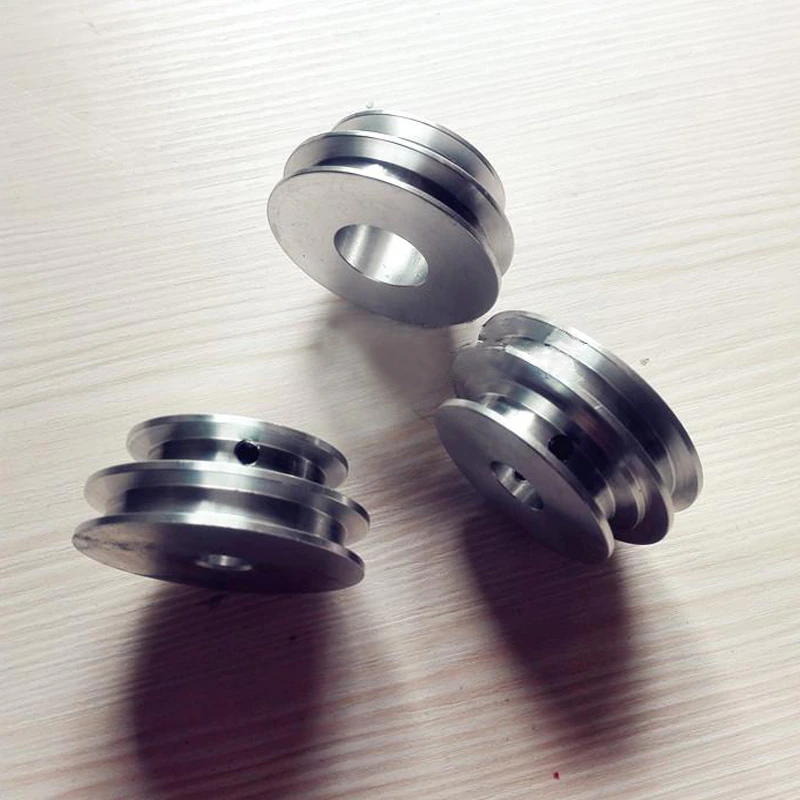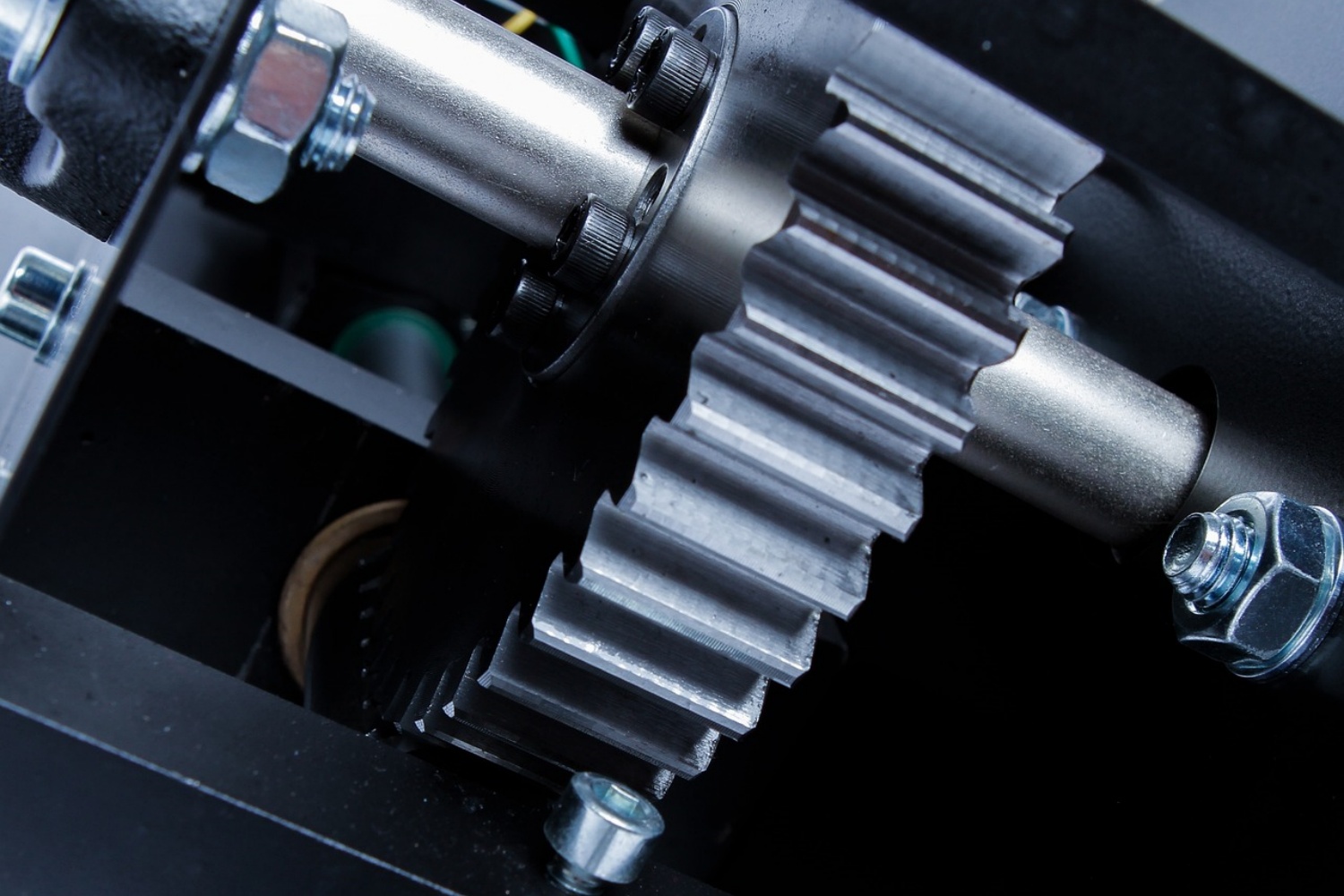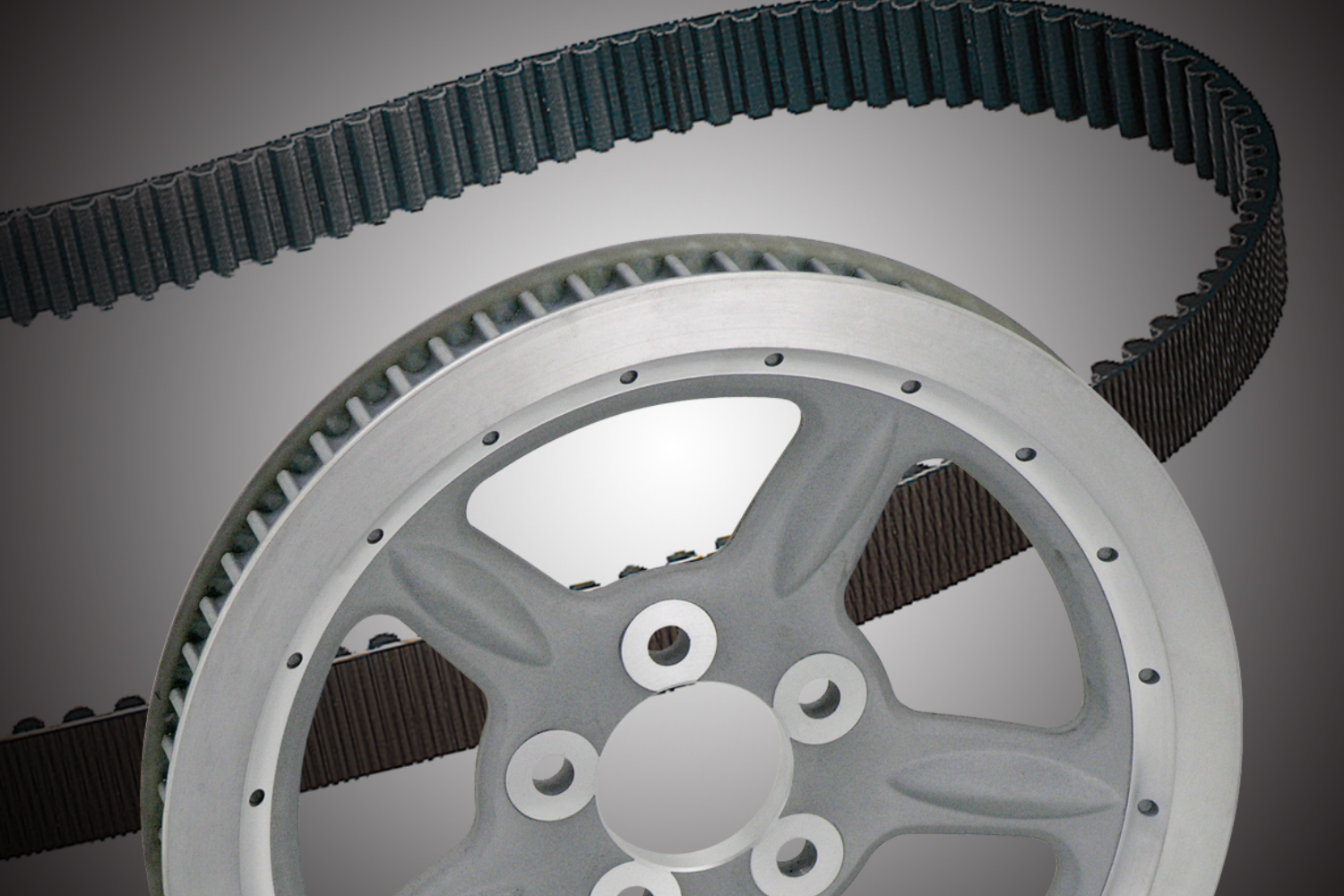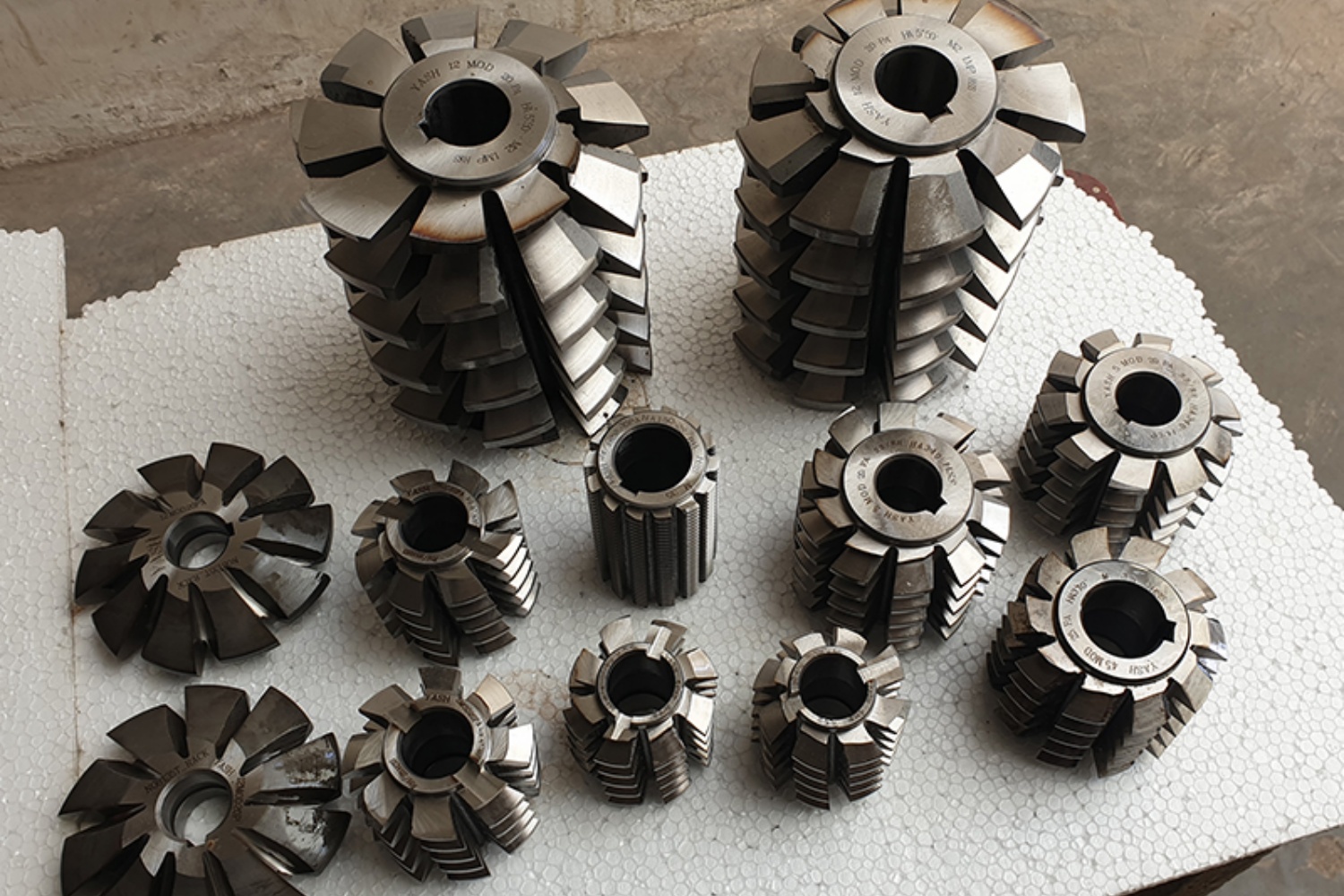A pulley is a vital component of power transmission systems that are used in various industrial applications. It is responsible for transmitting power from the driving shaft to the driven shaft by means of a belt or a chain. The choice of pulley material is an important consideration when it comes to selecting the right type of pulley for a particular application. In harsh environments, where the pulley is exposed to extreme temperatures, moisture, and corrosive substances, a stainless steel v belt pulley is the ideal choice. In this article, we will explore the characteristics and advantages of stainless steel v belt pulleys and why they are preferred in harsh environments.
What is a Stainless Steel V Belt Pulley?
A stainless steel v belt pulley is a type of pulley that is made from stainless steel. It is designed to accommodate v belts, which are commonly used in power transmission systems. Stainless steel is an alloy of iron that contains at least 10.5% chromium, which provides resistance to corrosion and staining. Other elements, such as nickel and molybdenum, may also be added to improve the alloy’s properties.
Characteristics of Stainless Steel V Belt Pulleys
Corrosion Resistance: Stainless steel is highly resistant to corrosion, making it ideal for use in harsh environments. It is resistant to rust, tarnish, and staining, which ensures that the pulley maintains its appearance and performance over a long period.
Strength: Stainless steel is a strong and durable material that can withstand heavy loads and high temperatures. It has a high tensile strength, which makes it resistant to deformation and breakage.
Hygiene: Stainless steel is a hygienic material that is easy to clean and maintain. It is non-porous, which prevents the growth of bacteria and other microorganisms, making it ideal for use in food processing and medical applications.
Aesthetic Appeal: Stainless steel has a sleek and modern appearance that makes it ideal for use in high-end applications. It is available in various finishes, such as brushed, polished, and satin, which provides a range of aesthetic options.
Advantages of Stainless Steel V Belt Pulleys
Durability: Stainless steel v belt pulleys are durable and long-lasting, making them a cost-effective solution in the long run. They require minimal maintenance and can withstand harsh operating conditions without deteriorating.
Corrosion Resistance: The corrosion resistance of stainless steel v belt pulleys makes them ideal for use in harsh environments. They are resistant to rust, tarnish, and staining, which ensures that they maintain their appearance and performance over time.
Hygiene: Stainless steel v belt pulleys are easy to clean and maintain, making them ideal for use in food processing and medical applications. They are non-porous, which prevents the growth of bacteria and other microorganisms, ensuring that they meet hygiene standards.
Aesthetic Appeal: Stainless steel v belt pulleys have a sleek and modern appearance that makes them ideal for use in high-end applications. They are available in various finishes, such as brushed, polished, and satin, which provides a range of aesthetic options.
Precautions When Purchasing Stainless Steel V Belt Pulleys
Quality: When purchasing stainless steel v belt pulleys, it is important to ensure that they are of high quality. Look for products that meet international standards, such as ISO 9001, which ensures that the product meets the required quality standards.
Compatibility: Ensure that the stainless steel v belt pulley is compatible with the v belt that is used in the application. The diameter of the pulley should match the diameter of the v belt, and the groove profile should be compatible with the v belt
CONTINUE READING
Related Posts
In the world of industrial manufacturing, the efficiency and reliability of transmission systems are critical to the success of any […]
In industrial settings, a smooth and quiet power transmission system is crucial for productivity, safety, and worker comfort. V Belt […]
Splines play a critical role in mechanical power transmission systems, enabling rotational motion and torque transfer between mating components. These […]





